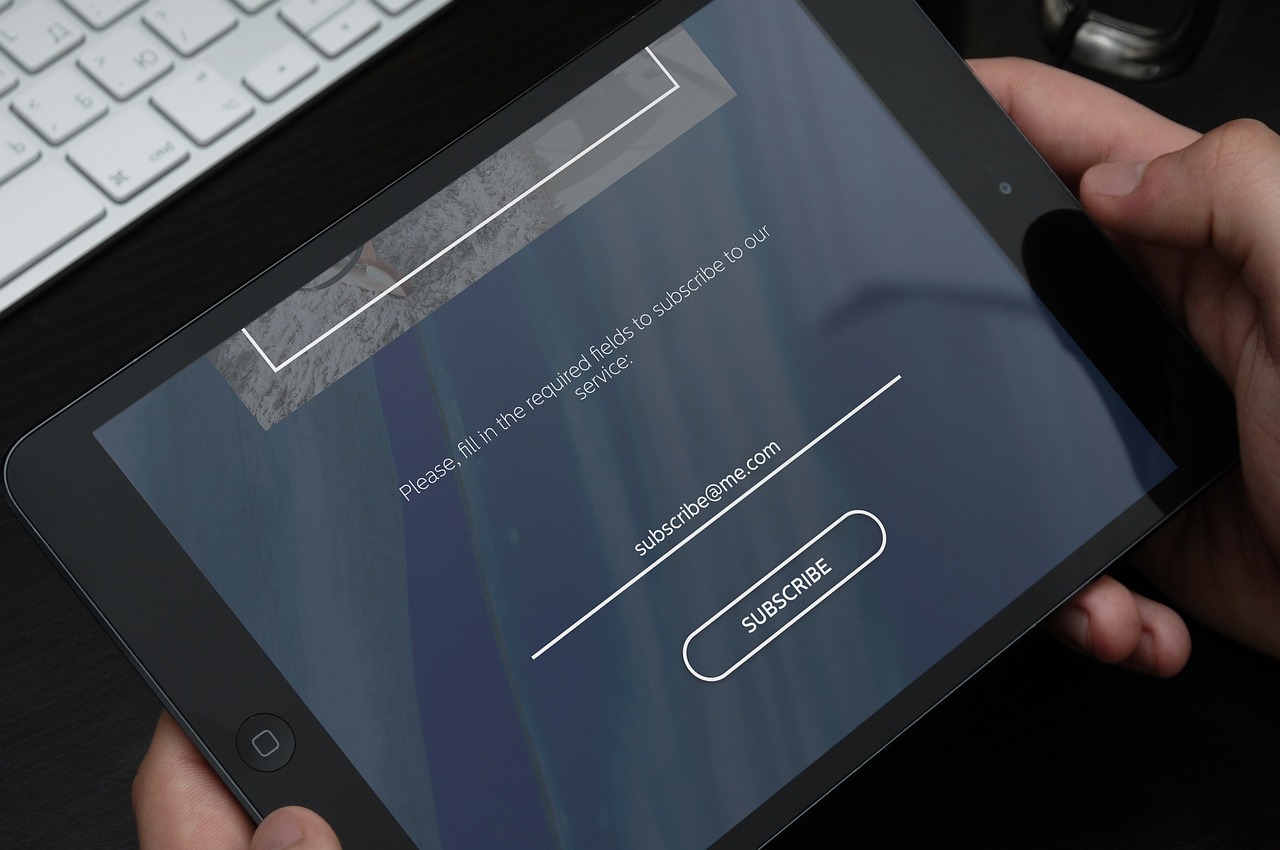Blog
When you think of subscriptions, your mind probably goes straight to media and streaming services like Netflix or Spotify. But the subscription model has been around long before on-demand entertainment – from catalogues and magazines to milk deliveries. It’s a business model that’s long helped companies generate predictable revenue, build customer loyalty, and gain valuable insights from customer data.
Today, the subscription trend is expanding into in-person service and retail industries, including hair and beauty salons, and increasingly, food service businesses. For smaller businesses like independent cafes, bakeries, and local chains, the model presents an exciting opportunity — but only if implemented with strategy and data-driven insights.
A real-world case study: learnings from Pret
A standout example of subscription innovation in food retail is Pret A Manger’s Club Pret. Launched in September 2020, their subscription offered up to five free barista-made drinks a day for £20 a month (later rising to £30). The appeal was obvious, and the results were remarkable: within three months, over 16,500 people signed up, and by April 2023, it was used 1.25 million times a week by 180,000 customers.
But the too-good-to-be-true deal had its limits. In 2023, Pret adjusted its offering, reducing the fee to £5 per month (with a planned increase to £10 later shelved) and removing the unlimited free drinks, replacing it with 50% off up to five drinks a day. The shift reflected the need to balance customer satisfaction with profitability — a balancing act all businesses must master.
Why smaller businesses need to approach subscriptions differently
Unlike Pret, smaller businesses don’t have the luxury of deep pockets and massive customer reach to experiment freely with loss-leader offers. For independent stores or mid-sized local chains, data-driven strategy is essential to avoid costly missteps.
Instead of launching an all-encompassing subscription programme, smaller businesses can take a more cautious, insight-led approach:
- Start with a pilot: Test a limited-time offer with a small group of loyal customers to gauge interest and fine-tune your approach.
- Track performance meticulously: Use data to monitor uptake, profitability, and customer satisfaction from day one.
- Refine based on feedback and numbers: Adjust pricing, perks, and terms based on real-world usage and revenue impact.
The true power of data
Data is a powerful currency, especially for smaller businesses aiming to compete in a crowded market. By leveraging predictive analytics and listening to what the data reveals, businesses can:
- Forecast demand and manage resources: Avoid overproduction and reduce waste.
- Set smarter pricing strategies: Align offers with profitability targets.
- Identify and reward loyal customers: Tailor benefits to keep your best customers coming back.
One of the most transformative tools available to small and mid-sized businesses today is the power of AI and machine learning. These technologies help businesses automate demand forecasting with remarkable accuracy, reducing the risk of loss-leading experiences and optimising profitability. By analysing historical sales, customer behavior, and external factors like seasonality, AI-driven models can predict demand more precisely than traditional methods.
For businesses considering a subscription model, this kind of automation ensures:
- Better inventory management: Produce the right amount of stock, avoiding both shortages and overproduction.
- Data-backed pricing decisions: Set subscription fees that balance customer appeal with sustainable margins.
- Enhanced customer experience: Anticipate demand and tailor offerings to meet customer needs without excessive discounts or giveaways.
By embracing machine learning and AI, even smaller businesses can gain the sophisticated insights needed to make subscription models profitable without relying on guesswork or costly trial-and-error.
Testing a subscription model doesn’t have to mean high upfront costs or long-term commitments. Instead, start small, listen to what the data tells you, and refine your approach. With the right strategy, even local cafes and bakeries can build sustainable, customer-driven subscription programmes that drive growth and profitability.
